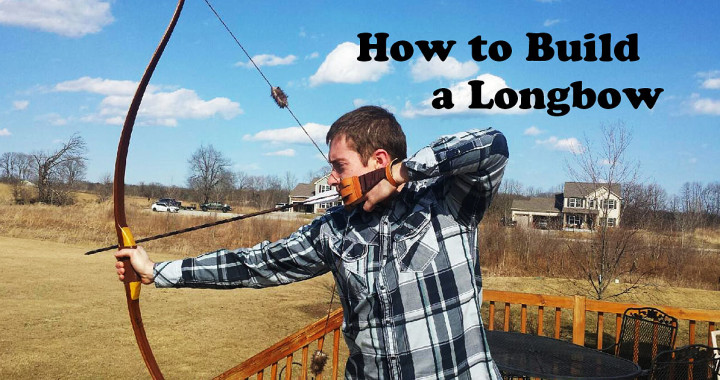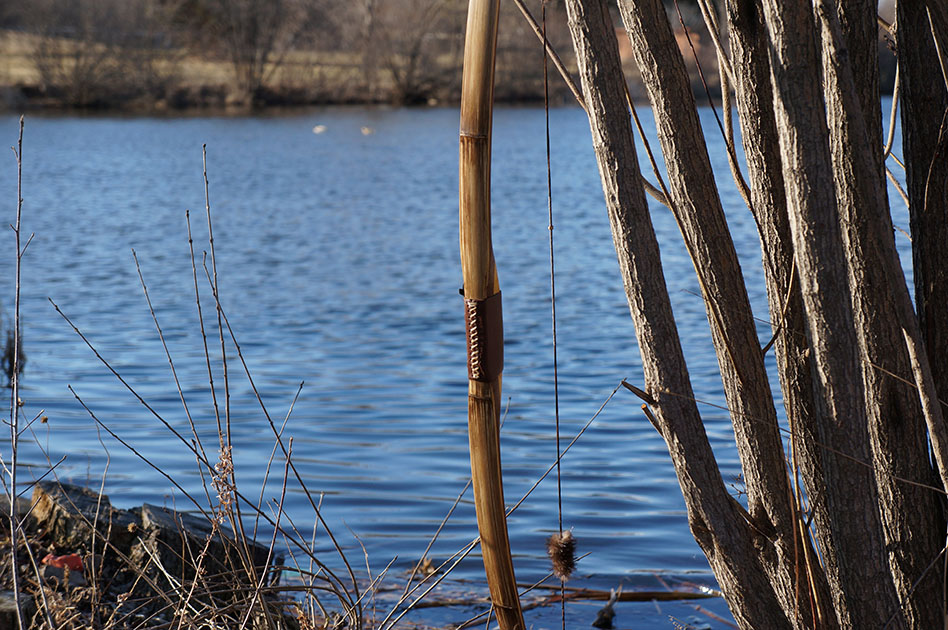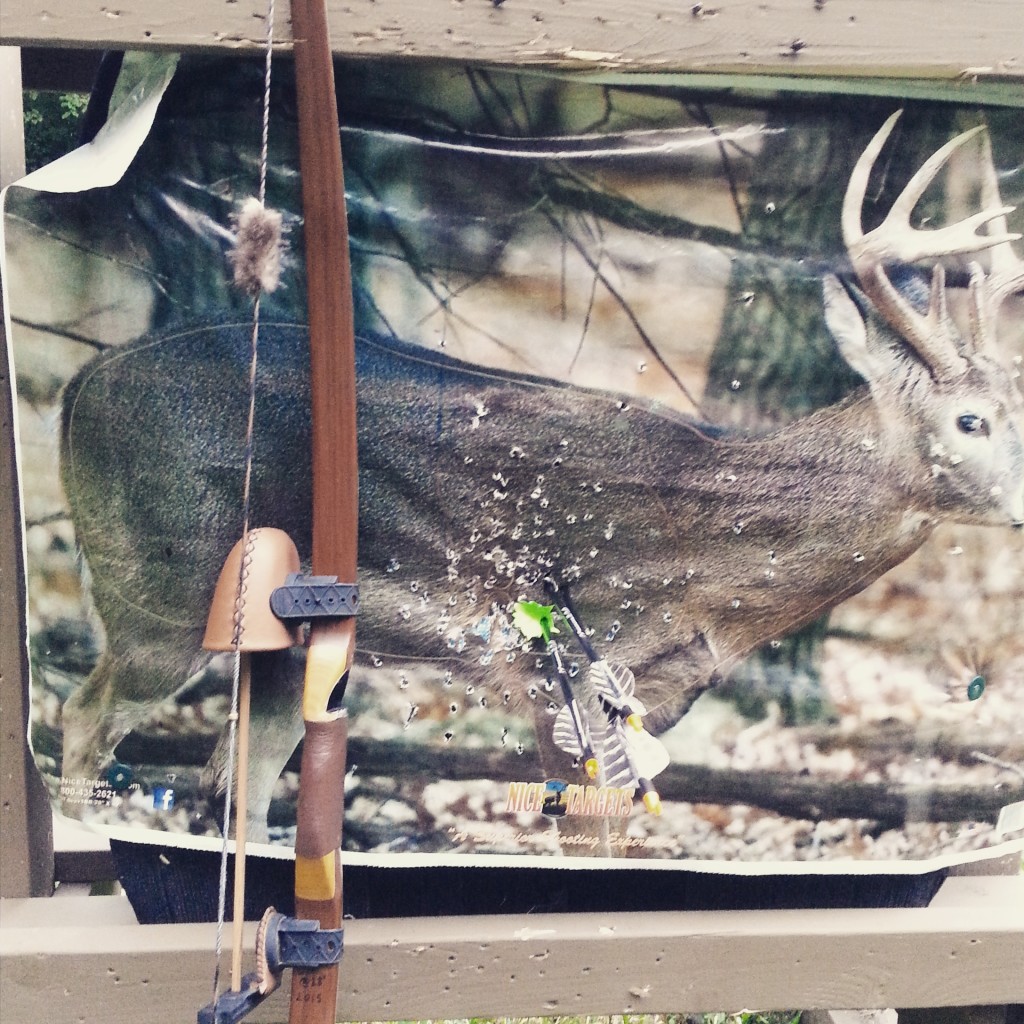The video shows how I built my reflex deflex longbow (hybrid longbow) step by step. I’ve shot compound bows since I was 14, when my dad first took me bowhunting. First I shot a $50 garage sale bow, then a nice Hoyt, followed by a nice Bowtech which I still own. But there has always been a strong fascination with traditional archery. I tried crafting backyard bows as a kid with materials in the garage or branches with nylon string but never made anything serious. About a year ago I bought a cheap, snaky osage orange stave and attempted to make a selfbow. I ended up losing interest because the stave was so hard to work with.
Fast forward to this winter, when I decided to give bow building another shot. I was temporarily in an apartment, so I knew I’d better order a ready-to-glue kit and skip the bandsaw. Bamboo and ipe seemed to be a good bow combination based on online build-a-longs. In particular, the build on Sam Harper’s Poor Folk Bows site really inspired me to go with that combination. Bamboo is good in tension, while the dense ipe is strong in compression. The cost of the ready-to-glue kit was about $65 shipped. Glue was about $30 (enough for maybe 5 bows), and random lumber, C-clamps, leather tools, string, pulleys, rulers, silencers, etc were probably another $100 all said and done. There are a lot of little things that add up which don’t necessarily come to mind when you first decide to start building. But all of the glue form and tillering material can be used over and over again. If I were to make another one, I’d just need to buy the wood, string, and silencers… about $90. Then there’s the time commitment. This took several weeks putting in a few minutes here, a couple hours there… with a bandsaw and belt sander the bow could probably be made in a couple weekends.
It would make sense to explain my decision to build a reflex deflex longbow instead of other designs. Well, I like the aesthetics of a longbow; I also like high performance bows. A reflex deflex design fit that description quite well. Some bowyers have built hybrid longbows that rival some recurves in terms of performance. The limb curves allow you to get more draw with a shorter bow length before stacking occurs. In my case that wasn’t an issue anyway since the bow was quite long at 68″. If and when I build another one, I may try a shorter length bow with more aggressive reflex deflex.
I do plan on hunting with this bow. The best logical place to start would be black bears, as the season for them opens on September 1st in Minnesota. With a proper setup, shots on a bear can easily be under 15 yards. The bow will also be with me for whitetails… but at least for now I’m saving turkeys and western big game for the compound. It’s easy to pick out the disadvantages of a longbow over a compound, but three BIG advantages I’ve noticed are weight, lack of a release, and noise. The longbow, with a quiver full of arrows, weighs less than my compact compound bow without a rest, sight, quiver, arrows, or stabilizer. It’s really remarkable how easy it is to carry. Have you ever forgotten a release in the truck when hunting? I haven’t, but am always afraid I could someday. Not a problem when shooting fingers.




